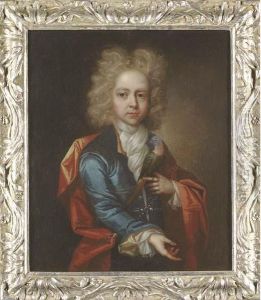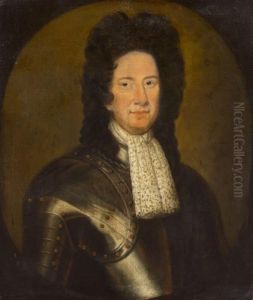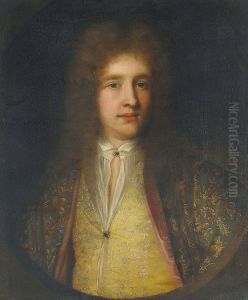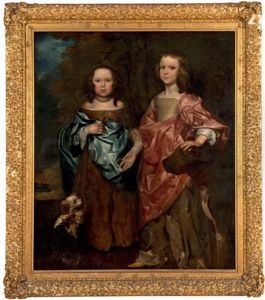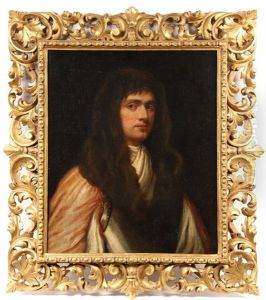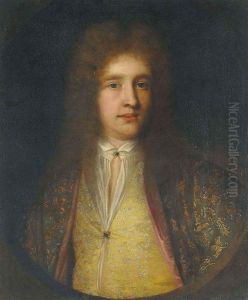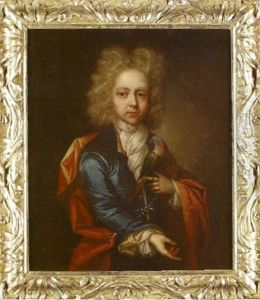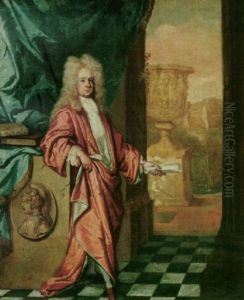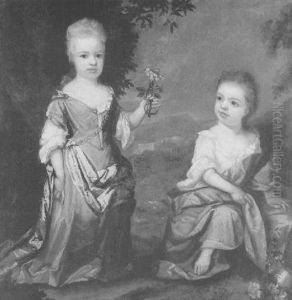William Gandy Paintings
William Gandy is a somewhat obscure figure in art history, and as such, little is known about his life, including his exact birth and death dates. He is believed to have been active during the late 17th and early 18th centuries, working primarily in England. Gandy was a portrait painter, and although he did not achieve the fame of his contemporaries such as Sir Godfrey Kneller or Sir Peter Lely, he was known for his skill and had his own following.
There is some evidence that William Gandy hailed from the South West of England, possibly Exeter, and may have been related to James Gandy, also a painter, who was a pupil of Anthony van Dyck. This connection suggests that artistic talent ran in the family and that William may have benefitted from the influence of his relative. However, much of his life and training remains a mystery to art historians.
Despite the lack of personal details, Gandy's work has been recognized for its quality. He is known to have painted several notable figures of his time, and his portraits are characterized by their realistic representation and the use of warm, rich colors. Unfortunately, Gandy's paintings are not widely known or displayed, and his contribution to the art world has often been overshadowed by the more famous names of his era.
William Gandy's death is believed to have occurred around 1729. The exact circumstances of his death, like much of his life, remain unclear. Nonetheless, Gandy's existing portraits serve as a testament to his skill as an artist, and they provide valuable insight into the styles and techniques of English portrait painting during the period between the Baroque and Rococo movements.

